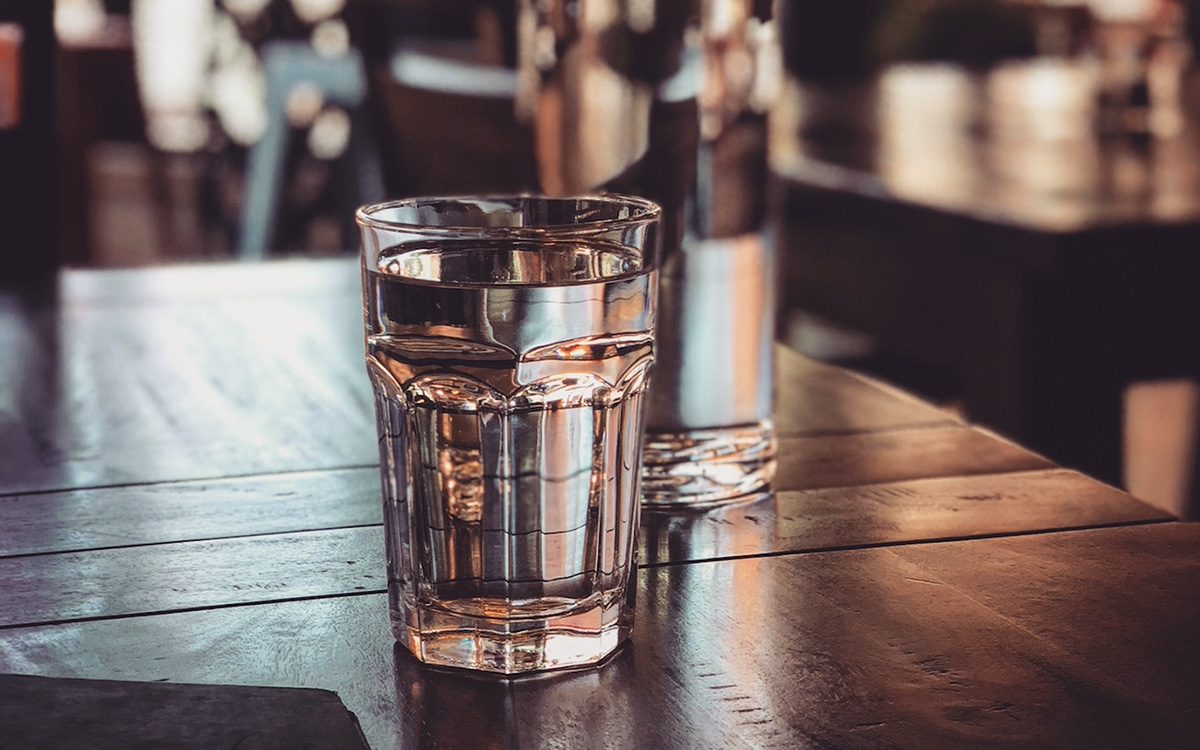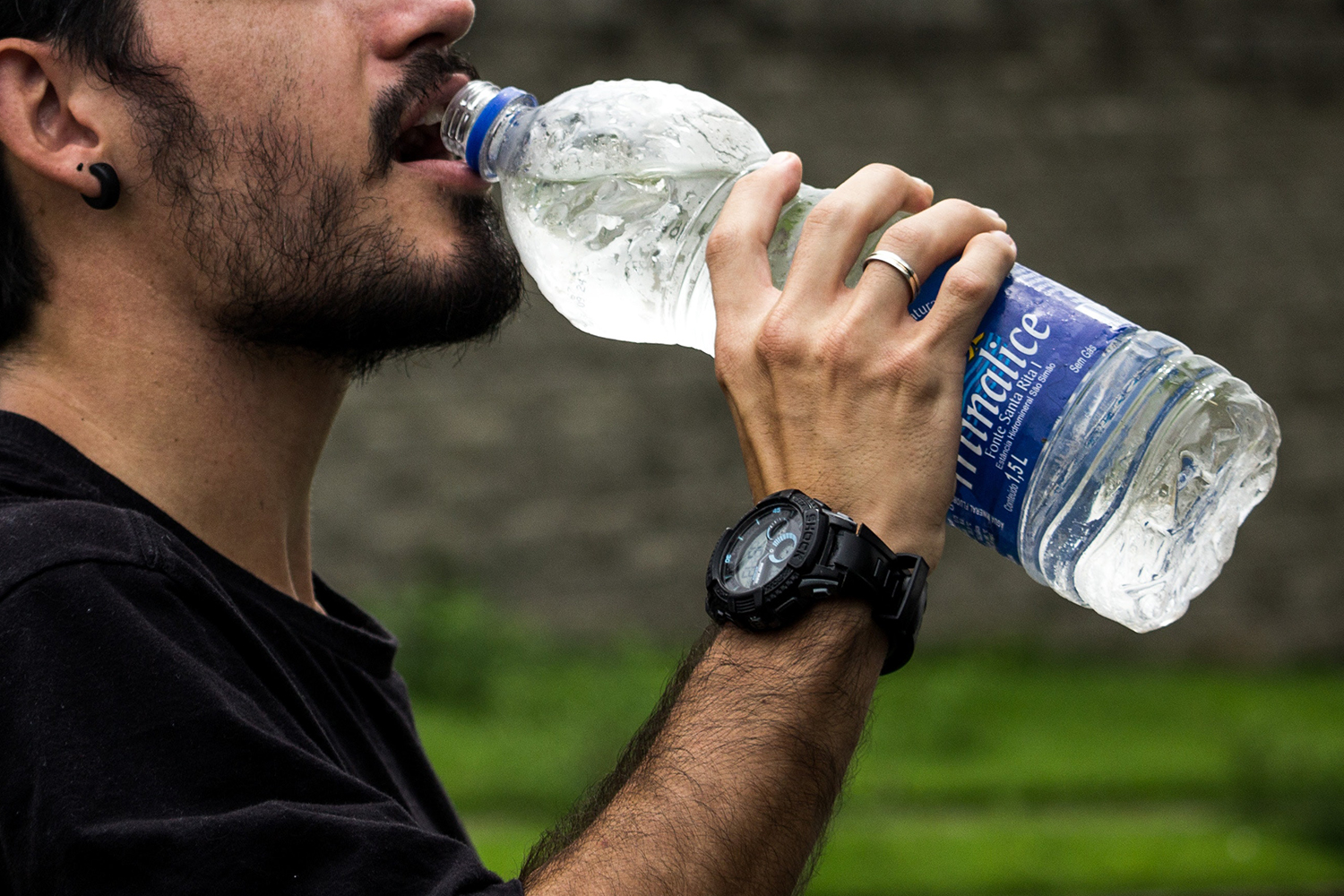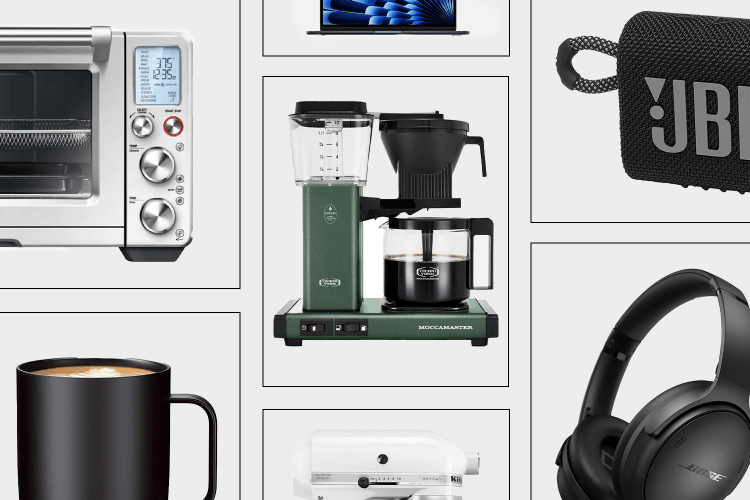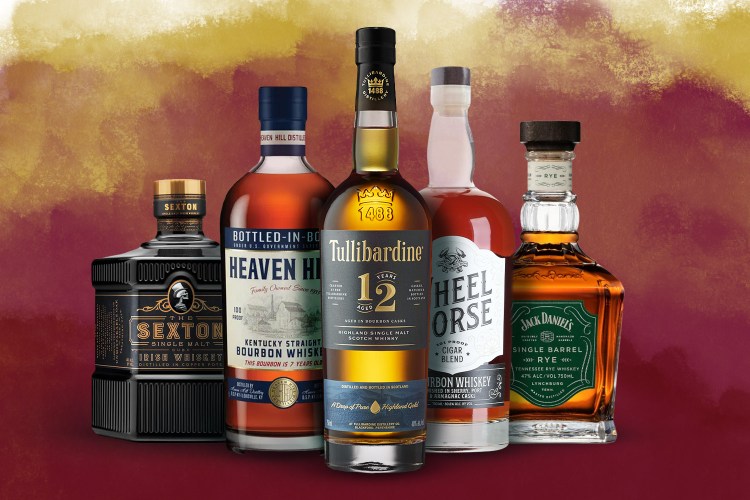In the second episode of Netflix’s eco-travel program Down to Earth with Zac Efron, the 32-year-old actor travels with companion Darin Olien, a self-professed “superfood hunter” to France to learn about Eau de Paris, the city’s publicly owned water distribution arm. They experience every stage of the city’s unique water cycle, from touring the organization’s treatment plant (where a worker discusses sorting out drugs and refuse — chairs, tires, entire bicycles — from the first batch of water) to searching for spouts around the city where the water flows in both still and sparkling iterations. It’s true: Paris went full Paris, and now has carbonated water fountains.
Efron and Olien gawking at a sustainable system running smoothly in another country is more or less the theme of the Down to Earth, which, according to Forbes, was the second most-watched show on Netflix in July. For a series about the slow collapse of the planet, it’s pretty low stakes throughout. There are a few gripping, even gut-wrenching moments; the crew clears hurricane debris in Puerto Rico and cleans coastal areas in London, and in the final episode, Olien’s Malibu ranch burns down in the Woolsey Fire. But most of the show is a buddy comedy about two guys who love Tony Bourdain and hate climate change. The Californian duo whoop “sick,” “dope” and “wild” across three continents, and while it’s easy to love, complaints about pseudoscience and oversimplification from the internet (Insider) and academia (a professor at McGill) are well-founded.
That includes a curious decision at the start of that same Paris episode, when Efron, Olien and actress Anna Kendrick visit a French restaurant in Los Angeles called Petit Ermitage to meet with the world’s first water sommelier, a German named Martin Riese. The show chooses to engage with Risese in much the same way the internet has — “This job exists?!” — and to be fair, his six minutes of screentime are a no-brainer for any production head. Riese reverently presents waters from Spain, South Africa and Slovenia, and compares their taste and texture to coins and olive oil. The key to selecting great water, according to Riese, is to prioritize the prevalence of total dissolved solids (TDS) — like potassium, calcium, magnesium and phosphorous — in the water that you’re drinking.
But the preference that Riese proclaims for waters high in TDS, in opposition to the regular old water you’d pour from your tap or kitchen fridge, is confusing, and given the number of households the show reached, worthy of a closer look. There’s little doubt that glacial, spring and volcanic waters are more likely to contain trace amounts of the minerals present at the glaciers, springs and volcanic waterfalls where they’re collected. You’re familiar with these water brands. They have names like San Pellegrino, Fiji, Acqua Panna, Icelandic, Harrogate and Waiākea. They’re often served in glass bottles. Restaurants and airlines like to put them on your table or in your in-flight meal box to convey a sense of class. And importantly — unlike the overwhelming majority of waters you have purchased in your life — their Nutrition Facts table is more than just a row of zeros. In the “daily value” section, a few of the minerals hang out somewhere in the 1-4% range.
That extra oomph of minerals, however, doesn’t confer an automatic medicinal boost to the drinker, as Riese’s presentation suggests. It will certainly make the water taste thicker and bubblier, which might explain why there are now yearly international water tastings in Stockholm and Berkeley at which H2Bros hobnob about palatability and terroir. But the concept of “life-giving” source water is just good marketing, one which mineral water brands were using long before Riese, and religions were using long before that. The science just isn’t there: it’s true that tap water won’t offer as many minerals toward your daily allowance, and that those minerals and ions help a nervous system achieve homeostasis, but a liter of water with trace amounts of those things is not going to put much of a dent in your daily recommended values. If you want more calcium, potassium and magnesium, you should drink more milk, eat more bananas and take more multivitamins.
Plus, wrapped up in this deification of bougie water brands is a demonization of tap water. In the show, Riese lumps filtered water (tap water) in with distilled water (a form of “purified” water), which is a process by which water is boiled into vapor then condensed back into liquid. That distillation process strips water of, well, essentially everything, and can cause an electrolyte imbalance in the body. Distilled water is often the last-ditch choice of marginalized communities throughout the world, which may not have reliable access to filtration systems or cash for bottled water. As a relative varnish remover, it’s safer to drink water that’s been distilled (and miss out on some nutrients) than to guzzle water with potentially volatile organic compounds (VOCs), which can cause headaches, cancer and everything in between.
Tap water, though, is a different story. And one that’s come a long way. It’s ironic that in the same episode that Efron and Olien meet with Riese, they also travel to Paris, where ordering a free bottle of tap water (“carafe d’eau“) is the expectation, and water fountains are as ubiquitous as ATMs. In most developed countries, including the United States, the “municipal water,” that originates in lakes, reservoirs, rivers and wells is perfectly safe to drink thanks to extensive regulations aimed at eliminating the presence of heavy metals and the spread of insidious microbes. Unlike mineral waters curated from a specific source, the mineral content of tap water varies depending on the region where you live, the treatment facility where it’s treated, and even the age of your pipes. But fascinatingly, numerous blind taste tests have concluded that consumers can’t tell the difference between tap water and its vaulted, bottled counterpart.
If you’re worried about the quality of your local tap water, there are numerous online resources for information gathering, and at-home contraptions for further filtration, from Brita pitchers ($50), to reverse osmosis tanks ($500). But many of us are truly lucky to live in homes and apartments where potable drinking water is always a room away. It is ultimately a better use of your time, and more healthy, to be taking advantage of that water, and drinking a good amount of it — 1/2 oz to 1 oz of water per pound of body weight each day — than jumping on the craft water train. That’s mainly because when we talk about water consumption, it’s impossible to separate the health of human beings from the health of the planet.
Remember: only 20% of water bottles consumed in the U.S. actually get recycled. The other 80% end up in landfills, or in a cruel twist, in bodies of water, where it takes a minimum of 1,000 years for them to break down. All the while, they’re releasing toxins into the water supply (which tap water treatment centers then have to root out). That’s how it all ends, but the process actually begins in direct opposition to sustainability, too. It takes 17 million barrels of oil a year to produce enough plastic water bottles to meet America’s fix. Of course, a common choice for most mineral water brands is glass, but even glass has an undefined and at-times damning relationship with the environment. It requires sand to manufacture (which can affect ecosystems) and energy to produce (often sourced from fossil fuels). And while glass is theoretically infinitely recyclable (broken glass can be broken down into new glass), it’s not really a logistical reality to expect that to happen.
For their part, many mineral water brands have home-delivery services that involve in-house reuse, where larger canisters are picked up, cleaned and brought to other homes. That’s one effective way (or more effective, at least, than ordering a six-pack of Voss over Amazon) to glean the benefits of water high in TDS without having to worry about your carbon footprint. But ultimately, a decision needs to be made, and we’d urge you to err on the side of the Earth. Drinking water from spa towns that date back to the 16th century is fun, as is sipping Slovenian spring runoff with a sommelier in Downtown L.A. But neither will magically cure your cough or propel you to a faster 5K. A lifelong practice of favoring bottled, pay-per-drink water, though, will hurt the one thing that could really benefit from a health kick: the planet.
Whether you’re looking to get into shape, or just get out of a funk, The Charge has got you covered. Sign up for our new wellness newsletter today.























